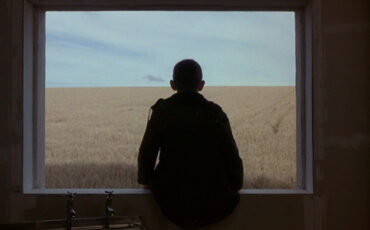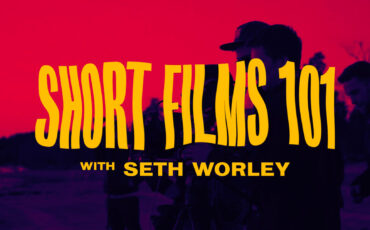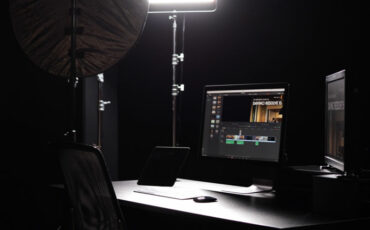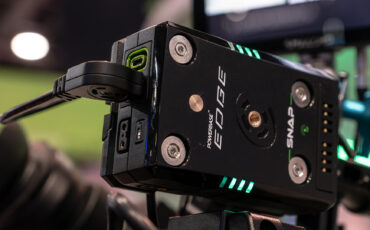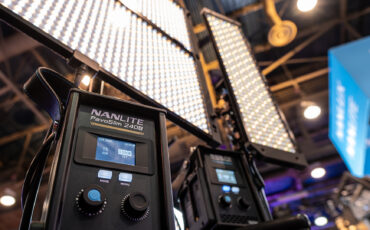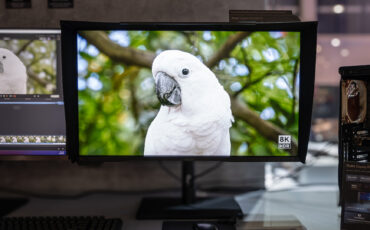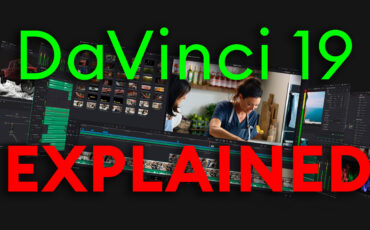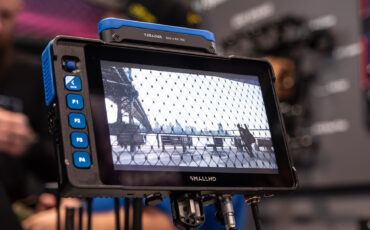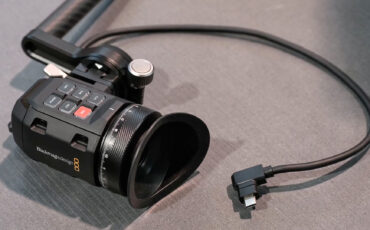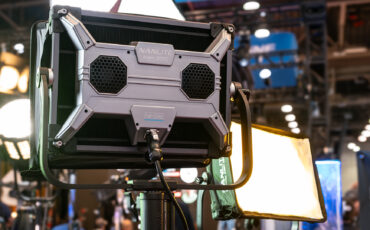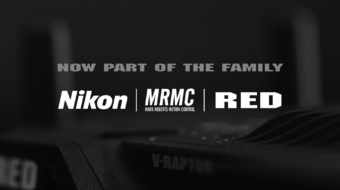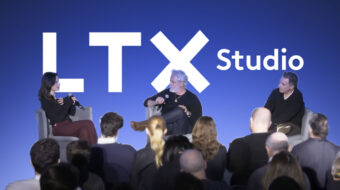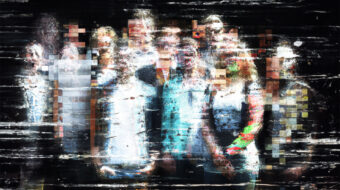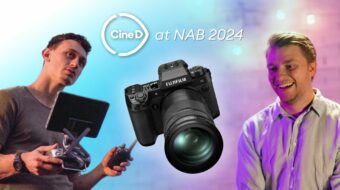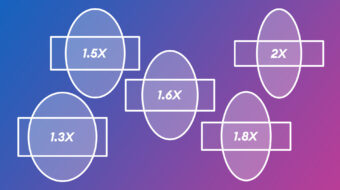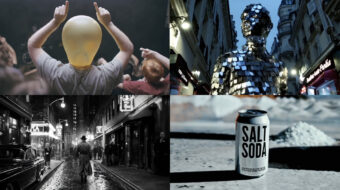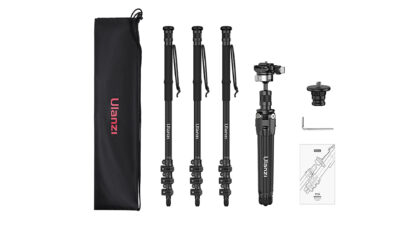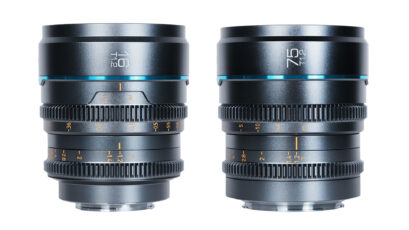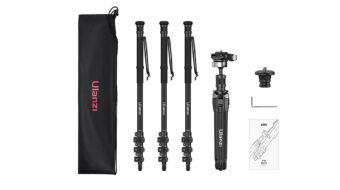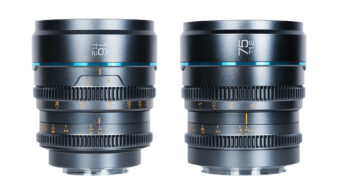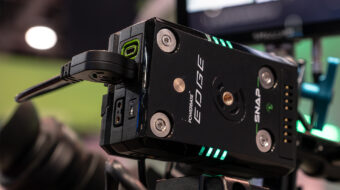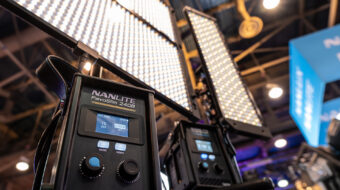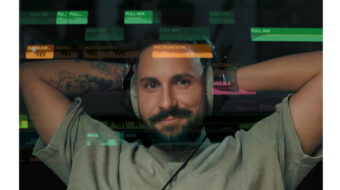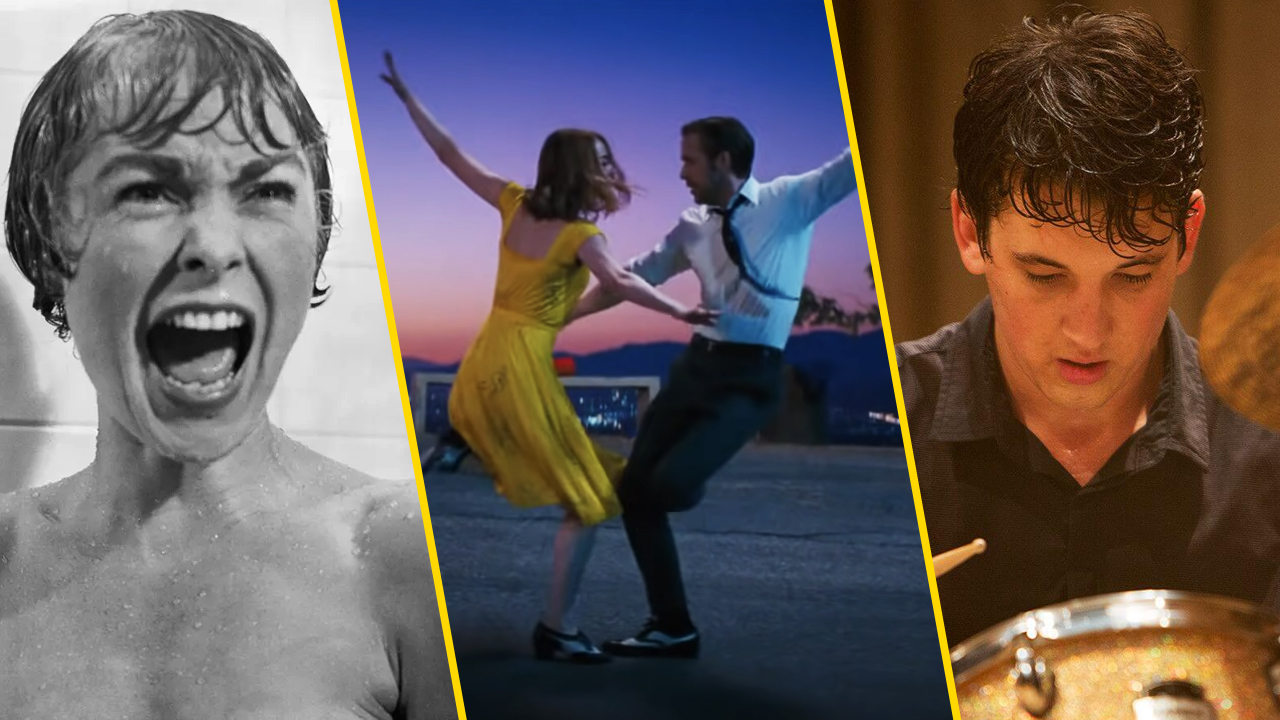
To cut or not to cut? – a question every editor faces regularly. Or at least, they should. As the great Alfred Hitchcock once said, montage is not cutting the film, but rather the assembling of its pieces. Carefully choosing the right ones and putting them into a precise order not only tells a story but also creates a different impact on the viewers. There is no doubt that editing is a hugely powerful tool. Understanding when to cut and why can enhance your superpowers in filmmaking drastically. Here, we picked some helpful techniques for you to try.
Before tackling any project and heading for the rough cut, it’s essential to sit down and ask (yourself or the director) the right questions. That’s what Tom Cross always does, regardless of what movie footage awaits him, or which size or complexity the story has. Tom is an Oscar-winning editor, best known for collaborations with director Damien Chazelle on four of his features: “Whiplash”, “La La Land”, “First Man”, and the most recent one – “Babylon”. Tom Cross is also the instructor of the MZed course titled “The Art & Technique of Film Editing.” In this comprehensive course, spanning over 8 hours, he blends theoretical lectures with in-depth scene deconstructions from his own body of work.
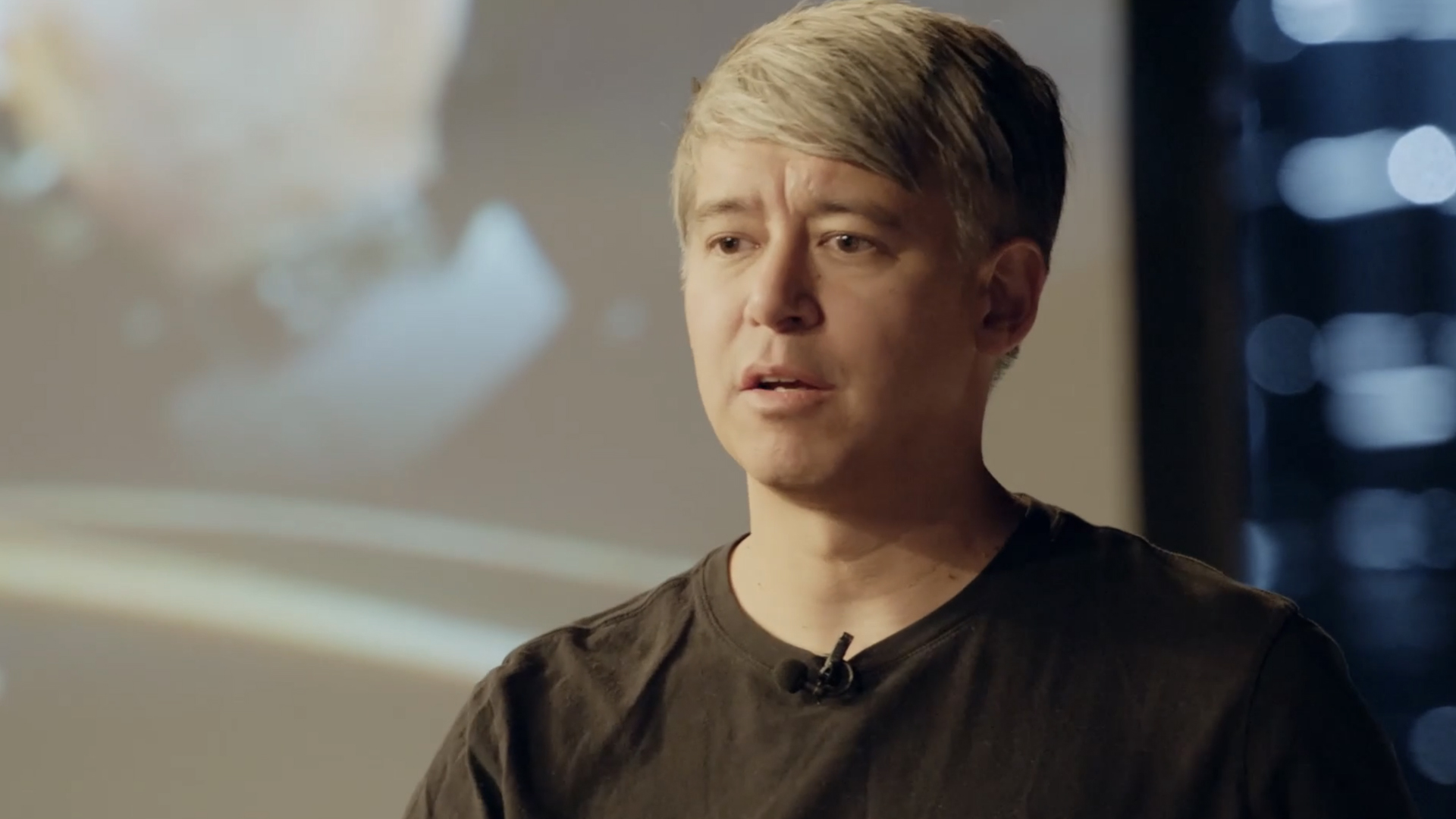
Back to “asking the right questions”. First, think of the story in the script. What is the movie about? What’s its theme? Is the essence concentrated around an idea or a person? The answers will determine whether you’ll be editing for a character, a story, or a theme. As a second step, Tom recommends pulling out the “how” questions. For example, how does this character evolve over the course of the film? How can your editing support and symbolize his or her journey (gradually moving from wide shots to close-ups, or increasing the rhythm are just a couple of ideas)? Write the answers down and pin them near your desk – you will come back to them a lot during the edit.
Why cut in the first place?
That’s a good question. You surely know how entire scenes or even entire movies can be told in so-called long takes (if not, we have a piece solely about this technique with the best film examples over here). So yeah, why not? You can go for this style and avoid any visible cuts at all. But again, your style choice should be based on the answers we talked about before. Does this approach support the story or is it just a fancy tool you wanted to try out? Be honest with yourself.
As Tom Cross explains, sometimes you want the edit to be invisible, and other times the viewers should notice it continually. For example, in “Whiplash” they went for very high-speed dynamic cuts in most of the drumming scenes because they wanted to create this daunting feeling of not being able to keep up with the tempo. In “La La Land”, on the contrary, the edit was slow-paced and flowy, relying on long takes. And even there, they would still use punch cuts to underline the statement when needed. Compare both examples for yourself:
Okay, let’s assume you’ve established your editing style for a concrete project and are sure you won’t be relying only on long takes. What now? How do you determine when and why to make a cut at a specific moment? The classic film theory textbooks offer a list of major reasons for a cut while dealing with most material. Disclaimer: of course, other factors may also come into play. But these criteria are a good jumping-off point when you have to make an editing decision:
- Information
- Motivation
- Shot composition
- Camera angle
- Continuity
- Sound
Let’s take a closer look at the most important ones.
Giving new information to the audience
Even if you had never seen Hitchcock’s “Psycho”, you’d probably have heard of his legendary shower scene. It consists of roughly 78 camera setups and 52 cuts. When assembled, the pieces depict the killing in a rather impressionistic way. How many of them show the knife entering the body? None. Of course, in 1960, filmmakers lacked the luxury of VFX and realistic prosthetics, which partially forced them to adopt this editing style.
At the same time, as editor Adam Epstein stresses in his course “The Cutting Edge” (which includes “The Theory of Editing” module and is also available on MZed.com), the scene is particularly impactful this way. Our brain has to glue together all those brief moments, create connections between them, and fill in the gaps. And our fantasy – well, it can be very creative.
“Psycho” is probably an extreme example, but it still teaches us that one of the many goals of a good editor is to engage the audience both emotionally and mentally. Viewers should think, guess, and anticipate. To achieve it, each new shot should provide them with new information, or a sudden twist, or an open question.
Whenever one cuts from one shot to another, one has to ask that if there is no new information in the shot that is being cut to, then why is it being cut to? Is there another shot perhaps, from the same scene, which does provide new information and fits into the story as required?
From the book “Grammar of the Edit: second edition”
The Kuleshov effect
Playing with showing or hiding information goes hand in hand with manipulating emotions. And that’s also an answer to the question of when and why to set a cut. By surrounding a shot with different ideas, you have the power to create an entirely new meaning for that same shot. This technique is called the juxtaposition of shots and it is based on the classic Kuleshov effect.
In the early 1910s, Russian filmmaker Lev Kuleshov demonstrated a very interesting mental phenomenon in the perception of film editing (montage). He took a close-up of the expressionless face of silent film actor Ivan Mosjoukine and cut it together with various other shots (a bowl of soup, a girl in a coffin, a woman on a sofa). Then he showed his work to an audience and got curious feedback. Viewers believed that the actor’s expression was subtle, yet different every time, depending on what he was “looking at”. They praised his ability to show hunger, grief, or desire so naturally. As you may have guessed, the footage of Mosjoukine was the same every single time, so the viewer’s reaction had nothing to do with his acting talents.
What can we learn from this? That it is crucial not only to carefully determine the right moment for a cut but also to carefully select what to cut to. The sequencing of film scenes is vital, requiring editors to maintain control to avoid unintended effects.
Motivated cuts to show the character’s perspective
But what about the shot we are cutting away from? What is the reason for keeping it, and when is it a good time to let it go? That’s the second point from our initial list called “motivation”. The best possible scenario here is when the visual content offers some kind of motivating element itself. It could be something grand, like a car falling off the cliff, or something small, like a subtle facial expression where a character moves their eyes slightly to one side as if they suddenly notice an important detail off-screen.
As the saying goes, eyes are windows to the soul. For Tom Cross, they are also the best way to get into the character’s head-either by showing their reaction or by cutting to what they are suddenly looking at. For example, let’s revisit “Psycho”. Before the shower scene, there is a moment when the killer is spying on a woman while she undresses. He peeks through the hidden hole – cut – we see exactly what he sees – another cut – an extreme close-up of his eye glued to his subject. This sequence is a perfect example of both giving viewers new information and using the killer’s opening perspective as a motivation to cut.
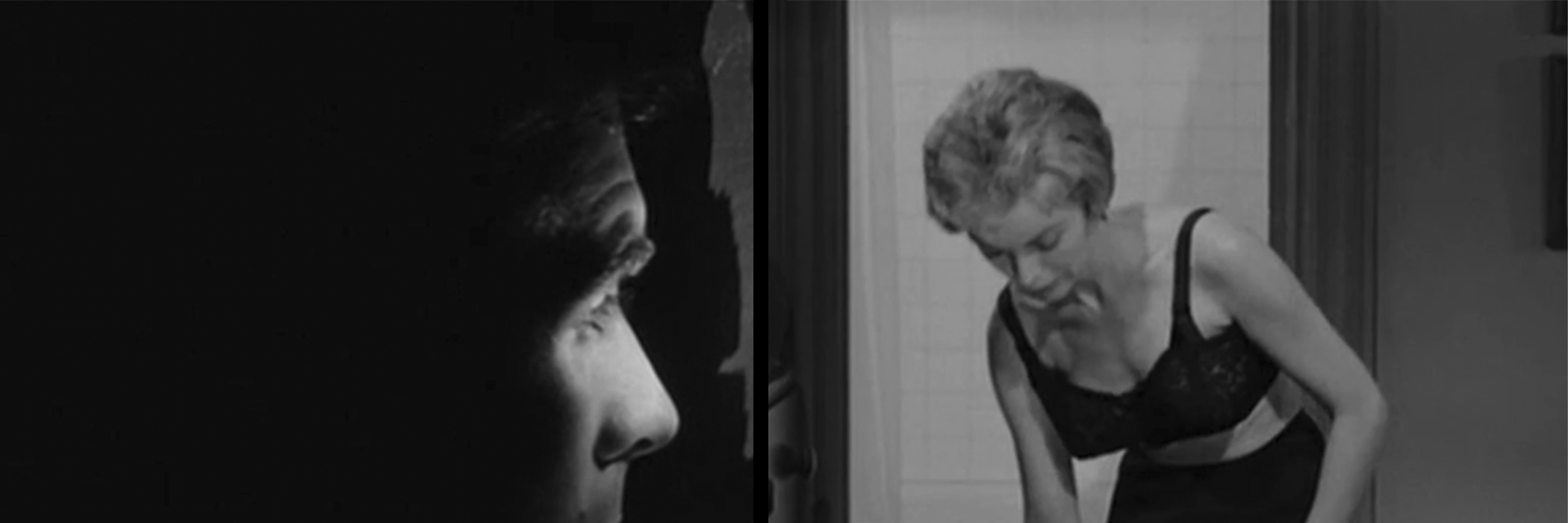
When to cut – why paying attention to blinking is important
There is another engaging theory about eyes I like very much and urge you to try out. It belongs to Walter Murch, a renowned editor of such masterpieces as “Apocalypse Now” and “Godfather Trilogy”. In his book dedicated to film editing, he dives into the question of why people blink. The answer he finds, however, is not only connected to the humidity in the air or the weather.
Walter Murch saw that we blink for a brief moment to separate the thoughts in our minds. For better understanding: try speaking to a friend, and pay attention to how they listen. They will blink at the moment when they fully understand the idea you’re conveying. And if we are to film such a conversation, it’s exactly where the cut should be.
Similarly—in film—a shot presents us with an idea, or a sequence of ideas, and the cut is a “blink” that separates and punctuates those ideas.
Walter Murch, a quote from “In the Blink of an Eye”
We can use this knowledge to pick the right time to cut and the reasoning behind it. For example, if you edit a reaction shot of an actor, give him a moment to process the thought (your viewers will need a similar amount of time), let him blink, and only then cut away.
Other tips for becoming a better editor
If you’re interested in making your edit precise and thoughtful, you can take a look at such concepts as “the rule of six” (but remember, rules also exist for you to break them). In the MZed course “The Cutting Edge” by Adam Epstein, he goes through every aspect of the rules, supporting the theory with famous film examples. We will also write educational pieces on different filmmaking topics in the future, so stay tuned.
What else do you get with MZed Pro?
As an MZed Pro member, you have access to over 500 hours of filmmaking education. Plus, we’re constantly adding more courses (several in production right now).
For just $30/month (billed annually at $349), here’s what you’ll get:
- 54+ courses, over 850+ high-quality lessons, spanning over 500 hours of learning.
- Highly produced courses from educators who have decades of experience and awards, including a Pulitzer Prize and an Academy Award.
- Unlimited access to stream all content during the 12 months.
- Offline download and viewing with the MZed iOS app.
- Discounts to ARRI Academy online courses, exclusively on MZed.
- Most of our courses provide an industry-recognized certificate upon completion.
- Purchasing the courses outright would cost over $9,000.
- Course topics include cinematography, directing, lighting, cameras and lenses, producing, indie filmmaking, writing, editing, color grading, audio, time-lapse, pitch decks, and more.
- 7-day money-back guarantee if you decide it’s not for you.
And how would you personally answer the question of when and why to cut? Which techniques did you find useful, and which important ones may be missing? We would be delighted to hear about your editing experience in the comments section below!
Feature image: film stills from “Psycho” (1960), “La La Land” (2016), and “Whiplash” (2014).
Full disclosure: MZed is owned by CineD
Additional sources:
- “Grammar of the Edit: second edition” by Roy Thompson, Christopher J. Bowen, 2009.
- “In the Blink of an Eye: A Perspective on Film Editing” by Walter Murch, 2005.
